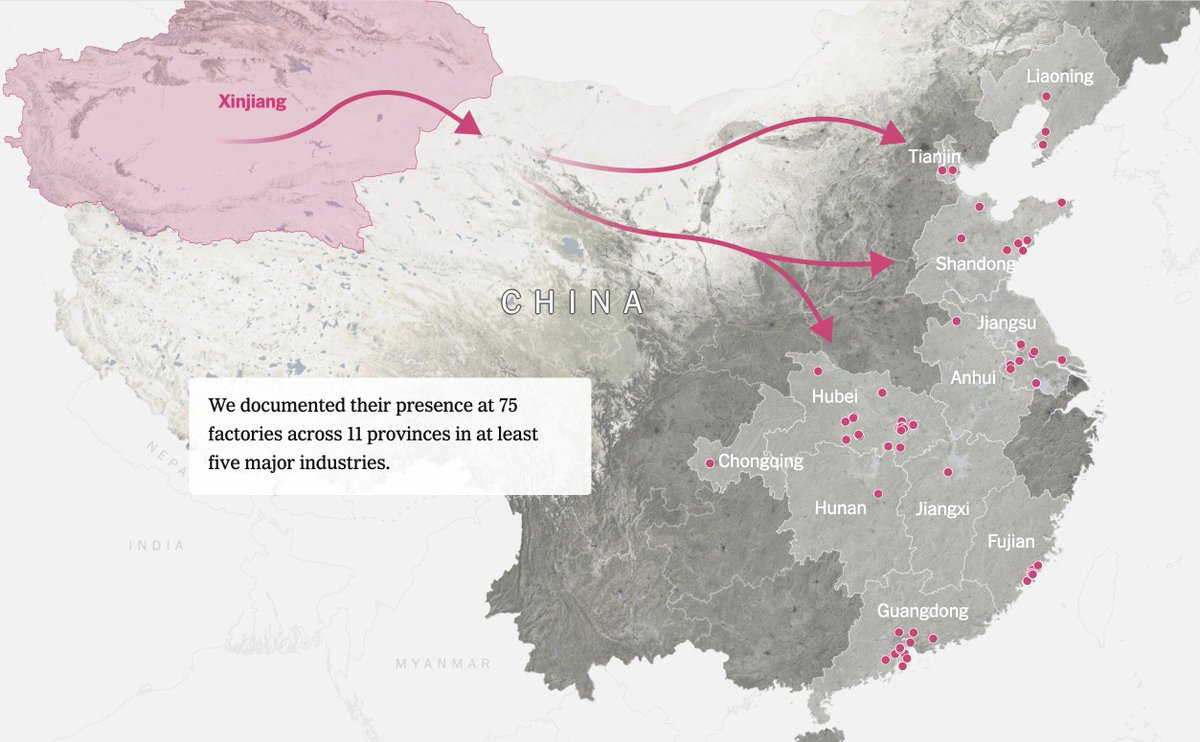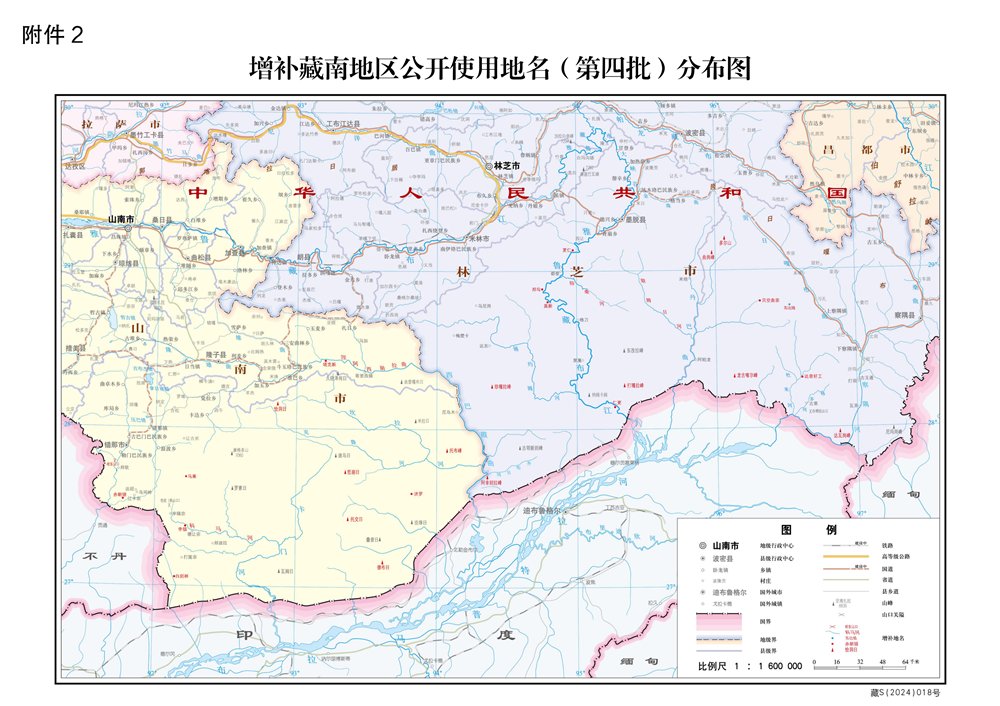THREAD: My comments on Xinjiang's first-ever effort to counter allegations of forced labor, through a White Paper. Has some interesting new figures.
Keys to getting the most out of it (and avoiding false readings): 1. context, 2. read between lines /1
scio.gov.cn/zfbps/32832/Do…
Keys to getting the most out of it (and avoiding false readings): 1. context, 2. read between lines /1
scio.gov.cn/zfbps/32832/Do…

First: this does NOT easily reveal numbers of persons in internment camps. Rather, it gives us a possible scope of coercive labor through the centralized, militarized training of rural surplus laborers (what my research describes as "flow 2"): /2 jpolrisk.com/beyond-the-cam… 

XJ did 1.29 million "person-times" ("人次") trainings (annual average 2014-19), of them 451,000 in southern XJ. This is less than 1.29 million persons trained per year (some would have been trained more than once/year). Refers to training of rural surplus laborers. /3
Since late 2016, this training and the related labor transfer became very coercive and centralized, consisting of 1/3 military drill, 1/3 "thought education" and 1/3 vocational skills. See /4 jpolrisk.com/beyond-the-cam…
The White Paper actually quite bluntly confirms this when it says that “To solve its problem of employment in the long term, Xinjiang must further...improve the quality of the workforce, and change people's outdated mindset.” (lit. "transform", 转变, term used in re-education) /5
Xinjiang's policy says that military training phase of this vocational training must last at least one month. It includes singing red songs and is intended to increase the workers’ discipline, obedience to factory management and to “develop standardized behavior” 行为规范养成. /6
“From 2014-2019, the total number of people employed in Xinjiang rose from 11.35 million to 13.3 million, an increase of 17.2 percent.” - The 2014-19 range conceals a real problem for Xinjiang: employment grew by only 0.85% in 2018 & 19, far less than the 4-8% of previous yrs /7
This is likely a reflection of the negative impact of the police state on XJ's socio-economy and demographics, with many Han leaving since 2015/16. The report glosses over that and boasts about jobs for the rural poor. BJ's priorities in Xinjiang are stability over economy. /8
"From 2018 to 2019, 155,000 people from...poor households...found employment outside their hometowns [and 211,000 by June 2020]".
This figure would contain a significant share of persons released from vocational internment camps. Note the high 66k for 1st half of 2020... /9
This figure would contain a significant share of persons released from vocational internment camps. Note the high 66k for 1st half of 2020... /9
...nearly as much as the 2018/19 average of 77.5k per year. Shows a) ongoing strong rural labor transfer, b) ongoing training and successive release of persons from vocational internment camps. Rural south XJ poor households are core target of the internment campaign. /10
Many of them at least initially are placed into jobs near the internment camps, often within the same industrial parks. Some can then return home. But while this figure relates to the camps, it does NOT tell us how many are or were in the camps! That data is not there. /11
“Since 2014, 117,000 people in Xinjiang have achieved employment with higher income in other parts of the country.”
A realistic transfer figure outside of XJ to eastern China. E.g. the target for 2019 was 25,000, of which by 1st half of 2019 15,459 had been transferred. /12
A realistic transfer figure outside of XJ to eastern China. E.g. the target for 2019 was 25,000, of which by 1st half of 2019 15,459 had been transferred. /12
Roughly speaking, about 80-85% of trained surplus laborers are put into jobs near home (same county), about 10% or so and transferred within XJ, and a few percent are transferred outside. Those are the approximate ratios. /13
More detailed rural disposable income data (not in this report) shows that this scheme reduces rural incomes from business/trade (farmers selling own produce etc.), and shifts it to wage income. Mirrors shift from traditional livelihoods to state-mandated wage-labor. /14
In sum, the forced labor scheme kills 3 birds w/ 1 stone:
a)Lifts people out of poverty (defined by income)
b)Puts them into closed environments where state has far more control over them
c)Often removes them from families, promoting intergenerational separation /END
a)Lifts people out of poverty (defined by income)
b)Puts them into closed environments where state has far more control over them
c)Often removes them from families, promoting intergenerational separation /END
Addendum: detailed paper on the three coercive labor schemes in Xinjiang, including rural surplus labor training and transfer (also w/ some visual evidence) is:
jpolrisk.com/beyond-the-cam…
jpolrisk.com/beyond-the-cam…

• • •
Missing some Tweet in this thread? You can try to
force a refresh





















